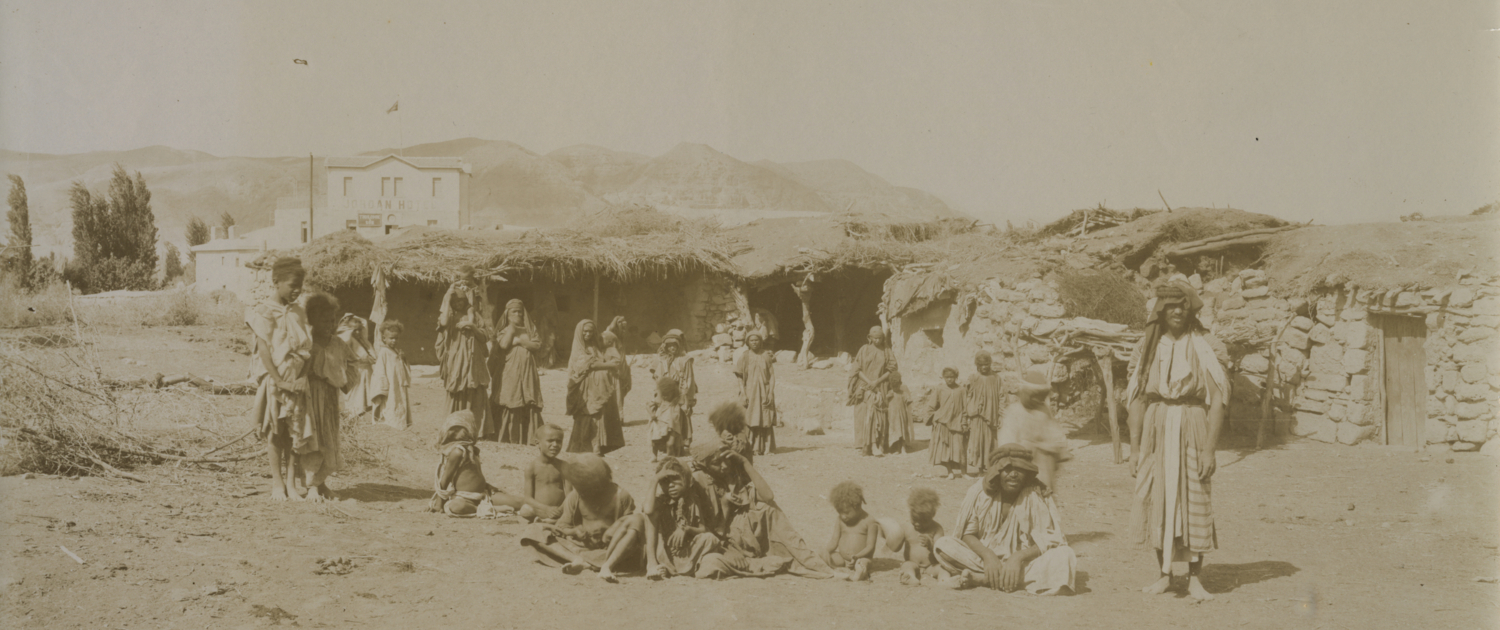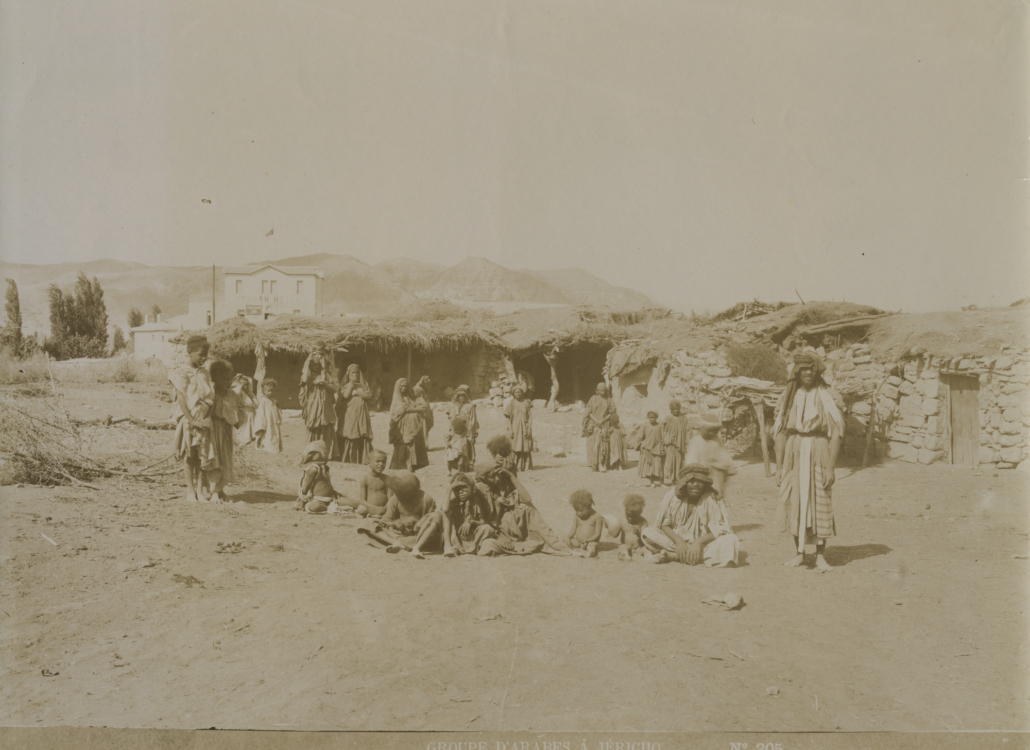PILGRIMAGE TO JERUSALEM
curated by Maria Pacini Fazzi
in cooperation with Archivio Fotografico Lucchese
Domine ivimus, Lord we arrived. This short Latin text, topped by the drawing of a boat, a graffiti on the plaster of a wall of the basilica of the Holy Sepulchre in Jerusalem, dates back to around 300 AD and it is considered the oldest archaeological evidence of Christian pilgrimage to Jerusalem.
Actually, the phenomenon of pilgrimage, although in limited proportions, had already brought Christian pilgrims on the places where Christ had lived several years before. It was after Constantine’s edict in 313 A.D. that the phenomenon of the Christian pilgrimage to Jerusalem became significant, thanks to the rediscovery of the ancient places mentioned in the Gospels and the discovery of important relics of St. Helen, the first of the True Cross of Christ. Right during the Crusades, in 1217, the Franciscan Fathers, their founder Saint Francis still living,established the Custody of the Holy Land, which became a province of the order, and represented, more and more officially over time, the Catholic Church in those lands. Franciscans are still in Jerusalem today and during all these centuries the Friars Minor have been an important point of reference as a logistics and spiritual base during the stay of pilgrims in the Holy Land. It was thanks to the presence of the Franciscan Custody that national Italian pilgrimages were made, the first of which occurred in 1870.
The photographs currently on display relate to the third of these pilgrimages dating back to 1906. The images are framed and shot with skillful technique and undeniable aesthetic taste. It is basically a first class documentation, that allows us to live again, as transported in time and space, perhaps one of the least studied pages on Jerusalem pilgrimages: there is a number of studies on ancient and medieval pilgrimage, while those on times closer to us are rarer.
(from a text by Giovanni Macchia)





 © JH Engström
© JH Engström © Alice Smeets
© Alice Smeets